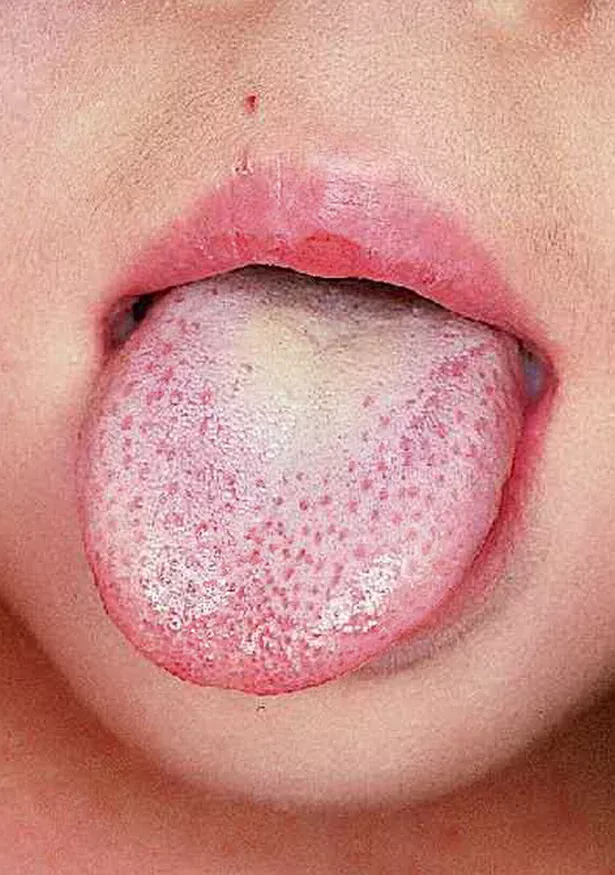Scarlet fever in children
Scarlet fever is a common childhood infection caused by a type of bacteria called group A streptococcus. It often follows a sore throat or skin infection and is most common in children under 10. While it can sound concerning, it is usually mild and can be treated effectively with antibiotics.
This guide explains the symptoms, how scarlet fever spreads, and what to do if your child becomes unwell.

What is scarlet fever?
Scarlet fever is a bacterial illness that typically starts with flu-like symptoms, followed by a distinctive rash. It used to be a serious childhood illness but is now much less dangerous thanks to prompt treatment with antibiotics.
Scarlet fever can spread easily from person to person, particularly in places where children are in close contact, such as nurseries and schools.
Signs and symptoms of scarlet fever
The early symptoms are similar to many viral illnesses. These include:
- Sore throat
- High temperature (fever)
- Headache
- Feeling unwell
- Swollen neck glands
After these symptoms begin, a rash usually appears within 12 to 48 hours. It may:
- Start on the chest or tummy and then spread
- Feel rough to the touch, like sandpaper
- Appear red or flushed, especially on the cheeks
- Be more difficult to notice on brown or black skin, but the rough texture and warmth may still be felt
Other signs may include:
- A white coating on the tongue which peels away, leaving the tongue red and swollen (known as “strawberry tongue”)
- Flushed face with a pale area around the mouth
- Peeling skin on the fingertips or toes as the rash fades

Is scarlet fever contagious?
Yes, scarlet fever spreads through close contact with someone who is infected, usually by coughs, sneezes or sharing items like cups or utensils. Children are most contagious in the early stages of the illness and until 24 hours after starting antibiotics.
If your child is diagnosed with scarlet fever, they should stay at home and avoid nursery or school for at least 24 hours after beginning treatment.
When to seek medical advice
You should contact your GP if your child:
- Shows symptoms of scarlet fever
- Has a sore throat and fever along with a new rash
- Becomes more unwell or has difficulty eating, drinking or breathing
Scarlet fever is usually diagnosed based on symptoms. A throat swab is sometimes taken to confirm the infection.
Treatment for scarlet fever
Scarlet fever is treated with a course of antibiotics, usually penicillin. This helps to:
- Reduce the severity and duration of symptoms
- Prevent complications
- Stop the infection spreading to others
It is important to complete the full course of antibiotics, even if your child feels better after a few days.
You can also help manage your child’s symptoms by:
- Encouraging rest and plenty of fluids
- Offering paracetamol or ibuprofen for fever or discomfort (check the correct dose for your child’s age)
- Keeping them cool and comfortable while the rash is present
Possible complications
Most children recover fully with no lasting problems. However, in rare cases, scarlet fever can lead to complications if not treated properly. These may include:
- Ear infections
- Throat abscesses
- Sinus infections
- Kidney inflammation (post-streptococcal glomerulonephritis)
- Rheumatic fever
Prompt antibiotic treatment greatly reduces the risk of complications.
How to prevent the spread
To help prevent scarlet fever from spreading:
- Keep your child at home for at least 24 hours after starting antibiotics
- Encourage regular handwashing with soap and water
- Avoid sharing cups, utensils, towels and other personal items
- Teach children to cover their mouth and nose with a tissue or elbow when coughing or sneezing
If you are concerned that your child may have scarlet fever, please speak to your GP or book an appointment with the Childhealthy team.
Disclaimer: This article is intended for information only and should not be used as a substitute for medical care and advice. Always speak to a healthcare professional if you are concerned about your child’s health.
Related articles
Book your appointment
Clinic, remote appointments and home visits are available daily.
We can always find a time to suit you, so please do ask if you are having difficulty finding a suitable time.




